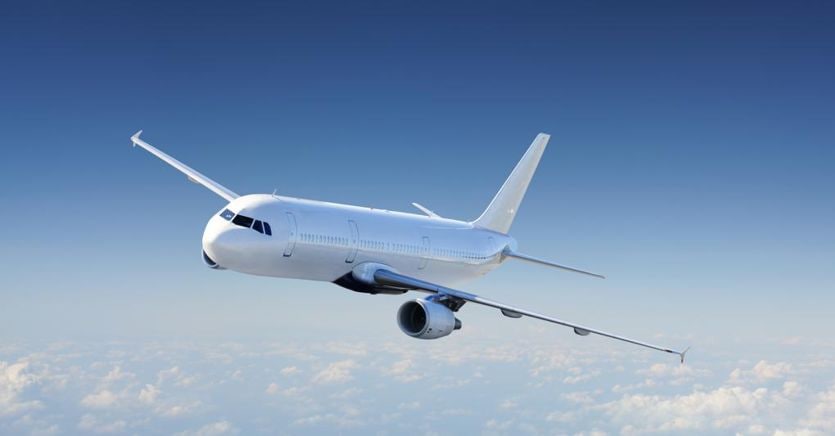Listen to the audio version of the article
Bad news for travelers who suffer more from turbulence, the whirling air that alters the calm of the flight. A study published by Geophysical Research Letters in June shows that climate change is increasing the hours of clear-air turbulence (CAT) recorded on airways in recent decades. A phenomenon that increases passenger inconvenience and damage to aircraft, with costs for airlines that can go up to half a billion dollars a year.
Severe turbulence increased by 55% from 1979 to 2020
Over the North Atlantic alone, one of the busiest air routes globally, there has been a 55% increase in hours of turbulence over just over 40 years: from 17.7 hours in 1979 to 27.4 hours in 2020, in addition to an increase in “moderate” turbulence from 70 to 96.1 hours and an increase in light turbulence from 546.8 to 466.6 hours.
The survey, carried out by the University of Reading (United Kingdom) and relaunched by the broadcaster CNBC, finds that the warmer air due to carbon dioxide emissions “is increasing the windshear in the jet streams, reinforcing the turbulence of the air clear in the North Atlantic and globally’. The paper’s authors say their research “represents the best evidence to date that CAT has increased over the past four decades, consistent with the predicted effects of climate change.”
Paul Williams, professor of atmospheric sciences at the University of Reading and co-author of the study, gave CNBC some details about the study. Increasing hours of turbulence, Williams said, doesn’t “necessarily mean that planes encounter turbulence in open air” because aircraft “try to avoid it and have gotten very good at avoiding it.” At the same time “there is more turbulence in the atmosphere”, a condition which makes it impossible to completely circumvent the effects of the eddies.
“It’s hard to believe that there is 55 percent more turbulence in the atmosphere and that planes aren’t experiencing more of it,” Williams said, adding that the report analyzed atmospheric observations rather than looking directly at turbulence measurements made by aircraft. planes.
